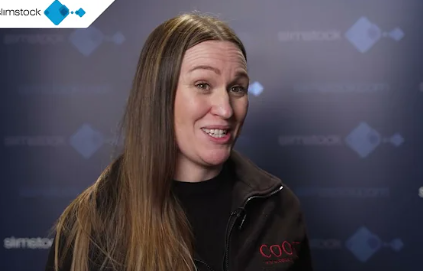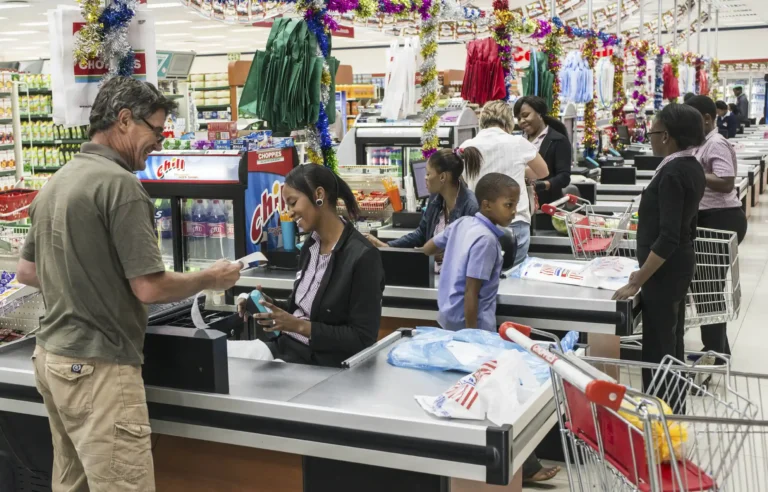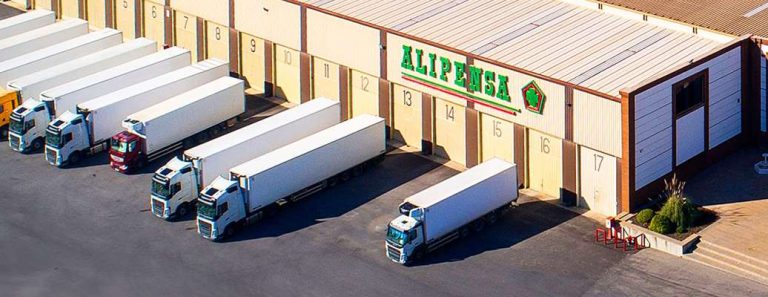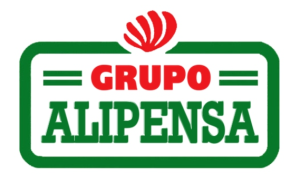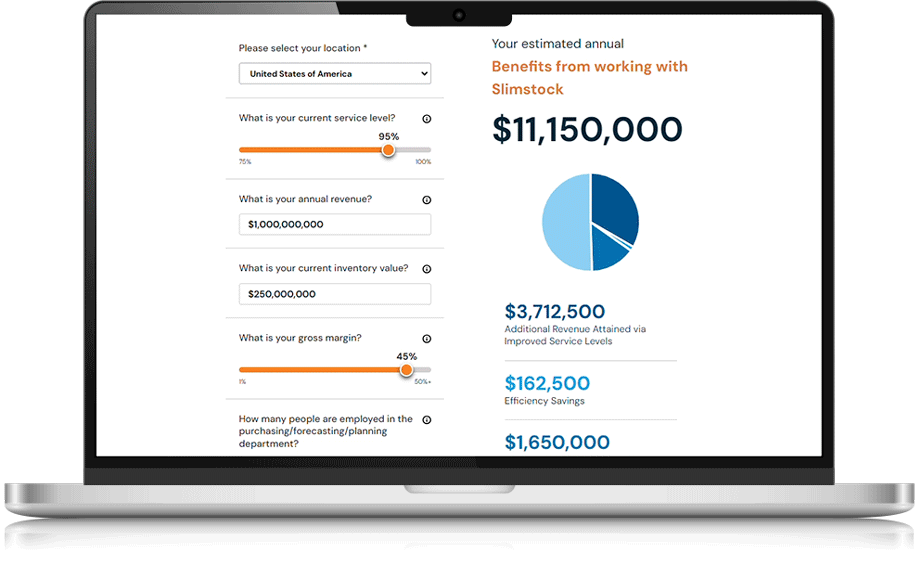COOK has been helping British families in the Kitchen since 1997. Using the same ingredients and techniques that a good cook would use at home, its team of culinary experts hand-prepares an extensive range of nourishing frozen meals.
Following significant growth, the retailer has taken bold steps to enhance its supply chain to keep up with the evolving needs of its ever-growing customer base. In a recent interview, Caila Fritter, Head of Supply Chain at Cook, shared the transformation impact of S&OP in eliminating waste, creating agility, and enhancing the customer experience.
I recently transitioned into a new role at Cook as the Head of Supply Chain. My key objectives include implementing a more effective Sales and Operations Planning (S&OP) process.
Initially, I had little familiarity with what this process entailed. However, diving into S&OP has been truly enlightening.
Q: How has your understanding of the S&OP process evolved since you began this journey?
I believed involving my existing team, comprising the demand forecasting manager and the production planner, would suffice to drive the process. However, I quickly realised that S&OP isn’t merely a supply chain project—it’s a company-wide initiative. Achieving success requires buy-in from the organisation, including finance, sales, and operations.
Q: Can you elaborate on the significance of the S&OP process for Cook and its impact on operational efficiency?
At Cook, we’re both manufacturers and retailers, necessitating seamless collaboration. While we believed we were functioning effectively, the S&OP process has revealed areas where we can improve and where we can be closer aligned.
By breaking down silos and ensuring operational goals align with the bigger picture, we can prevent issues that cause headaches further down the line.
Take, for instance, our preparations for this year’s summer product launch, a process which kicked off as early as November. Despite our diligence, we found ourselves developing products that, operationally, were simply not viable. Yet, these items had already made their way onto our menus and marketing materials, meaning we had to deliver them despite their misalignment with our operational requirements. Had we established a robust S&OP process earlier, we would likely have identified and addressed these issues before reaching an advanced stage of product development.
Q: How will advancing your S&OP process help Cook enhance the customer experience?
Implementing S&OP will foster a culture of collaboration and a shared vision across departments. Rather than solely focusing on budget constraints, we’ll prioritise operational efficiencies and how to enhance the customer experience without losing sight of our working capital investment in stock or profitability.
Ultimately, everyone will be much clearer about their jobs and objectives and how we deliver this collaboratively. Through regular reviews and forward planning, we will anticipate customer needs and behaviours with more precision, thus driving long-term success.
Q: What role will S&OP play in helping Cook to pursue its sustainability mission?
Sustainability is our core focus area, and the S&OP process is pivotal in advancing our goals. Data-driven decision-making can help us minimise our environmental footprint by optimising inventory management and reducing waste. While we’re still in the early stages, I’m confident that our efforts will lead to tangible improvements in sustainability.
Q: What advice would you offer to others embarking on a similar journey to implement an S&OP process within their organisations?
Approach S&OP with an open mind and recognise that it’s a collaborative effort that extends beyond individual departments. Engage stakeholders early on and emphasise the process’s shared benefits. Success hinges on effective collaboration and alignment with broader organisational objectives.
Simply put, implementing an S&OP process isn’t just about streamlining operations—it’s about fostering collaboration, driving sustainability, and delivering exceptional customer experiences. With the right approach and stakeholder commitment, the journey toward operational excellence is well within reach.

